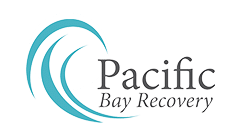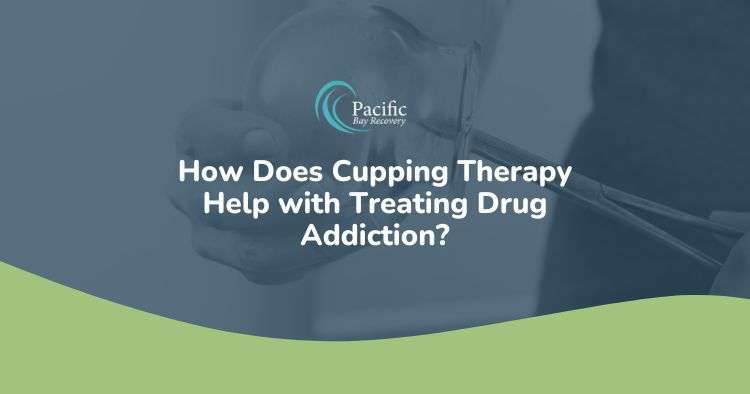Do you have questions about treating drug addiction using cupping therapy? Well, you’ve come to the right place! Addictive disorders are a class of disorders that may produce psychological and physical damage. Getting treatment is critical for breaking the pattern of addiction.
But as a chronic disease, it’s challenging to treat and will require continuous care.
According to the National Survey on Drug Use and Health, in the U.S., 21.7M people, or about 8.1% of the population, either routinely receive or need substance use disorder treatment.
Steps Involved in Treating a Drug or Substance Addiction
Step one in recovery involves acknowledging that substance abuse has become an issue in a person’s life that’s disrupting their quality of life. It may result from impairment in work, school, recreational, social, or other vital areas of function.
Once a person realizes the negative effect of a substance on their life, a broad array of treatment options are available.
Someone who has an addictive disorder needs accessibility to treatment. For the majority of people, treatment might last for the remainder of their life. They’ll have to abstain from their choice of substance on a lifetime basis, which may be challenging. Treatment for addictive disorders often changes to meet the patient’s needs.
Treatment solutions for addiction depend upon multiple factors, which include the kind of addictive disorder, the severity and length of use, and its impact on the person. A physician will additionally refer for treatment or treat all physical complications, like liver disease in an individual who has alcohol use disorder or respiratory problems in those who suffer from addiction to smoked substances.
There is a multitude of treatment options available, and the majority of people suffering from addiction will obtain a mixture of approaches.
Common interventions may include a combination of outpatient and inpatient programs, medication, self-help groups, and psychological counseling.
Detox
Detoxification is step one in treatment. It includes limiting withdrawal responses and clearing substances from the body.
According to SAMHSA (Substance Abuse & Mental Health Services Administration), in 80% of cases, a treatment facility will use medicine to decrease symptoms of withdrawal.
If someone is addicted to multiple substances, they’ll frequently need medicine to decrease symptoms of withdrawal for each.
An electronic device referred to as the NSS-2 Bridge became available to decrease opiate withdrawal in 2017. The unit sits behind the patient’s ear and sends out electrical pulses that trigger specific nerves that may offer withdrawal symptom relief.
Behavioral and Counseling Therapies
Therapy may occur on a family basis, in groups, or one-to-one, depending upon the individual’s needs. Usually, it’s intensive at the beginning of treatment with the session number slowly decreasing over a period of time as symptoms start improving.
Different kinds of therapy involve:
- Motivational incentives, encouraging abstinence using positive reinforcement
- Motivational interviews that maximize a person’s willingness to make behavioral adjustments
- Multi-dimensional family therapy is made to assist in improving family function around teens who have substance-associated disorders
- Cognitive-behavioral therapy helps patients change and recognize ways of thinking that have relations to substance use.
Addiction counseling has the goal of helping patients change attitudes and behaviors surrounding substance abuse, supporting other treatments, and strengthening life skills.
How Does Cupping Therapy Help?
In addition to the types of therapy discussed above, another step to take involves considering the use of cupping therapy. There is not a lot of research on cupping to disprove or prove that it is an effective form of treatment. However, in 2015, the Journal of Traditional and Complementary Medicine research proved that the therapy had some benefits. The study found that cupping aids with issues like shingles, acne, and pain management.
How will it help while in treatment? The cupping therapy benefits are plentiful. The right detox services at our cupping therapy in San Diego treatment facility usually involve some treatment for pain management. Natural management of pain is a huge part of detoxification, as pain is a typical symptom. Instead of using drugs, the ones in drug detoxification use cupping as a natural remedy for pain.
Looking For The Perfect Treatment Center?
Treating drug addiction doesn’t have to be a painful process. Pacific Bay Recovery is a treatment center in San Diego, CA. We offer addiction therapies that naturally assist people in detoxing from drugs. As a matter of fact, our staff uses Eastern medicine options of therapy during our programs. We have the goal of helping our patients decrease stress and concentrate on detox. For more questions on cupping therapy benefits be sure to get in touch with our cupping therapy in San Diego treatment center at (619) 350-8220.


